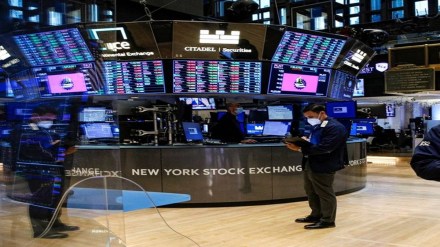First Republic Bank stock price is down by almost 15 per cent in the pre-market session on Wednesday, April 26. The big crash in the share price of First Republic Bank is an outcome of the recently announced quarterly results. First Republic Bank lost more than $100 billion in the last quarter, the chunk of which would have been after the Silicon Valley Bank’s collapse.
First Republic Bank (FRC) closed 12% higher on Monday but on Tuesday the stock price closed 49% lower.
First Republic Bank’s customer deposits were 176 billion as of or for the Quarter Ended December 31, 2022. The deposit base fell to $104 billion as of or for the Quarter Ended March 31, 2023, which included $30 billion of time deposits received from large U.S. Banks. For First Republic Bank, the total deposits lost is over $100 billion in the three months period.
Also Read: All eyes on big tech earnings as Microsoft, Alphabet, Amazon and Meta report results this week
Wealthy individuals and corporations have been withdrawing funds from small and regional banks fearing that rising interest rates would erode the value of their assets. The primary theme in March was the US banking crisis post the SVB debacle, which was smoothed out once the government assured the protection of public money. Since then, regional banks have been the focus of attention, and capital flight from them was looking unavoidable. However, in recent weeks, KeyCorp, East West Bancorp, and Bank OZK have all announced quarterly deposit levels that met or exceeded analyst expectations.
Also Read: Microsoft, Alphabet and Meta – Check the date and time of quarterly earnings release
To deal with the emerging crisis, First Republic announced plans to slash up to 25% of its workforce, reduce outstanding loan obligations, and reduce non-essential activities. However, analysts are concerned that deposit flight has left the firm worse positioned than competitors, with increased funding costs limiting its capacity to produce loan profits.
Earlier in March, First Republic Bank reported that it had further enhanced and diversified its financial position through access to additional liquidity from the Federal Reserve Bank and JPMorgan Chase & Co.
